How Pune Is Setting an Example for a Safe Driving Culture in India
Pune is amongst the first cities in India to implement an advanced driving testing system called the Innovative Driving Testing System (IDTS) - which minimises human intervention.
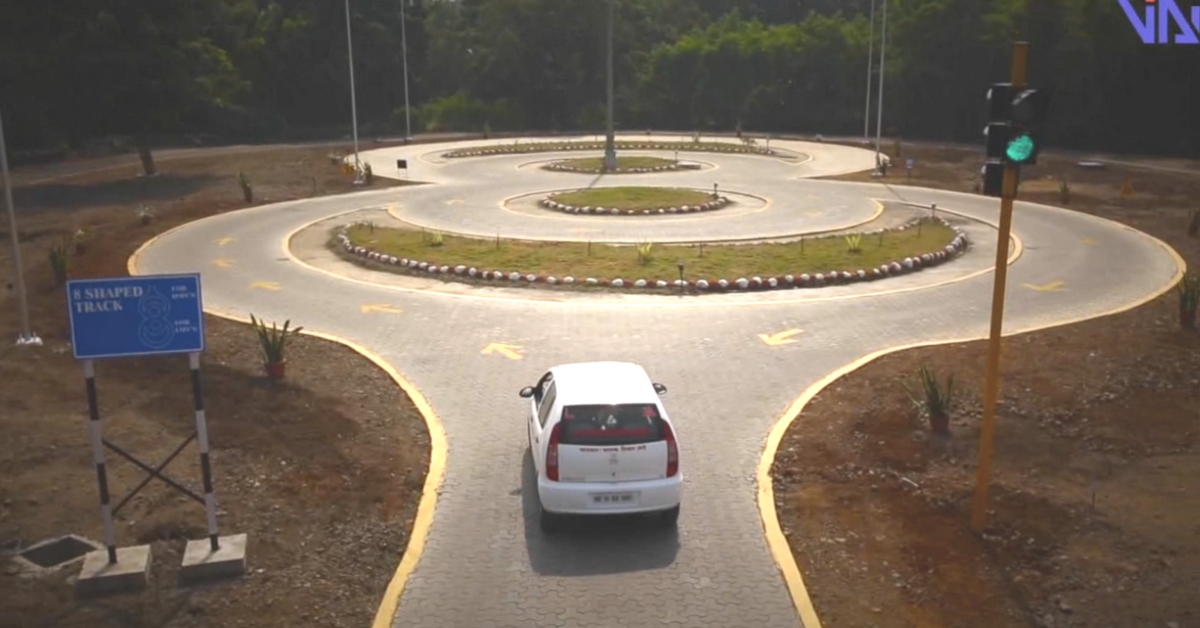
Did you know that every third driving license issued in India falls under the ‘Bogus’ category? Of over 18 crore licenses issued in the country, an estimated 5.4 crore driving licenses are counterfeit! But RTOs in Pune and the neighbouring Pimpri-Chinchwad region have decided to tackle the problem right from the first step. Hence, acquiring a driving license is no longer a breeze.
Pune is amongst the first cities in India to implement an advanced driving testing system called the Innovative Driving Testing System (IDTS) – which minimises human intervention. The burgeoning IT city looks to make the licensing procedure robust, ensuring that candidates get licenses only after they have proved they possess the required driving capabilities.
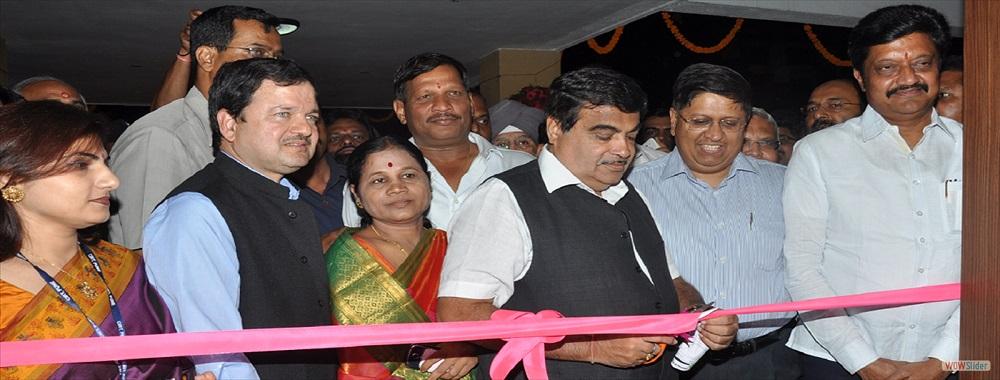
Inaugurated by Mr. Nitin Gadkari (Minister of Road Transport and Highways, Shipping and Water Resources, River Development & Ganga Rejuvenation in the Government of India) the IDTS system was conceptualized and built in-house at the Central Institute of Road Transport (CIRT). It was deployed in November 2014 and the Regional Transport Offices (RTO) of Pune and Pimpri-Chinchwad have been using this system from March 2015. Since then, over 1,27,000 tests have been conducted at the test track until December 2017.
IDTS is a camera-based driving skill assessment system that offers an unbiased and transparent testing mechanism by automating the process.
Speaking to The Better India, General Manager Ashish Misra shares how the IDTS was conceived at CIRT.

“The idea of the IDTS was conceived under the leadership of the then Director of CIRT, Mr. Abhay Damle, now the Joint Secretary of Ministry of Road Transport and Highways. The idea was to set up a good driving licensing system that was tough, but transparent and trustworthy, enabling only candidates with the required driving capabilities to get the license.”
With cameras set atop poles on the CIRT’s 8, H and gradient test tracks, the system collects path information in real time and evaluates the driving skills of the applicant on predefined algorithms and software developed according to the central motor vehicle rules.
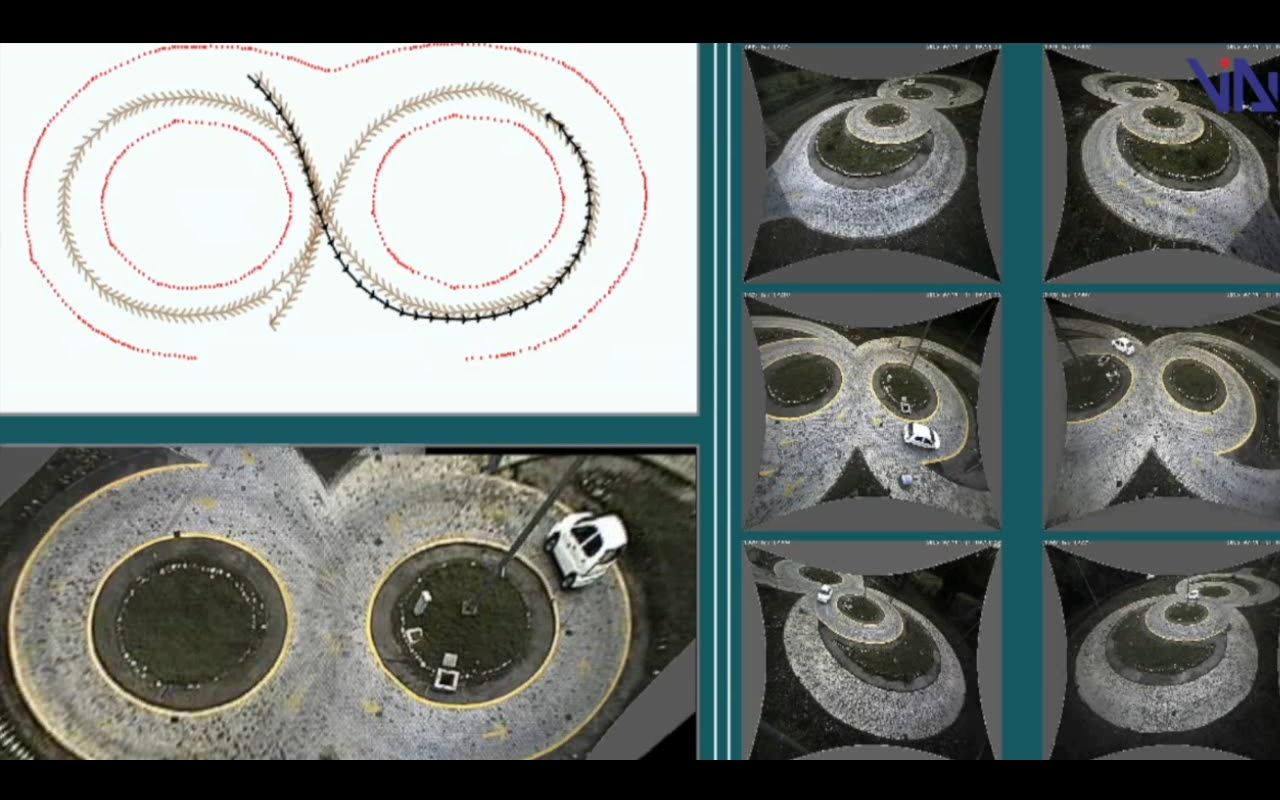
The results are shared with the candidate immediately after the completion of his/her test. A video recording of these tests and a hardcopy of the results enables the driver to understand mistakes and leaves little scope for disputes.
Alternately the test results are uploaded, along with the applicant’s documents, on an online system. This makes the system efficient and curbs the issuance of fake driving licenses.
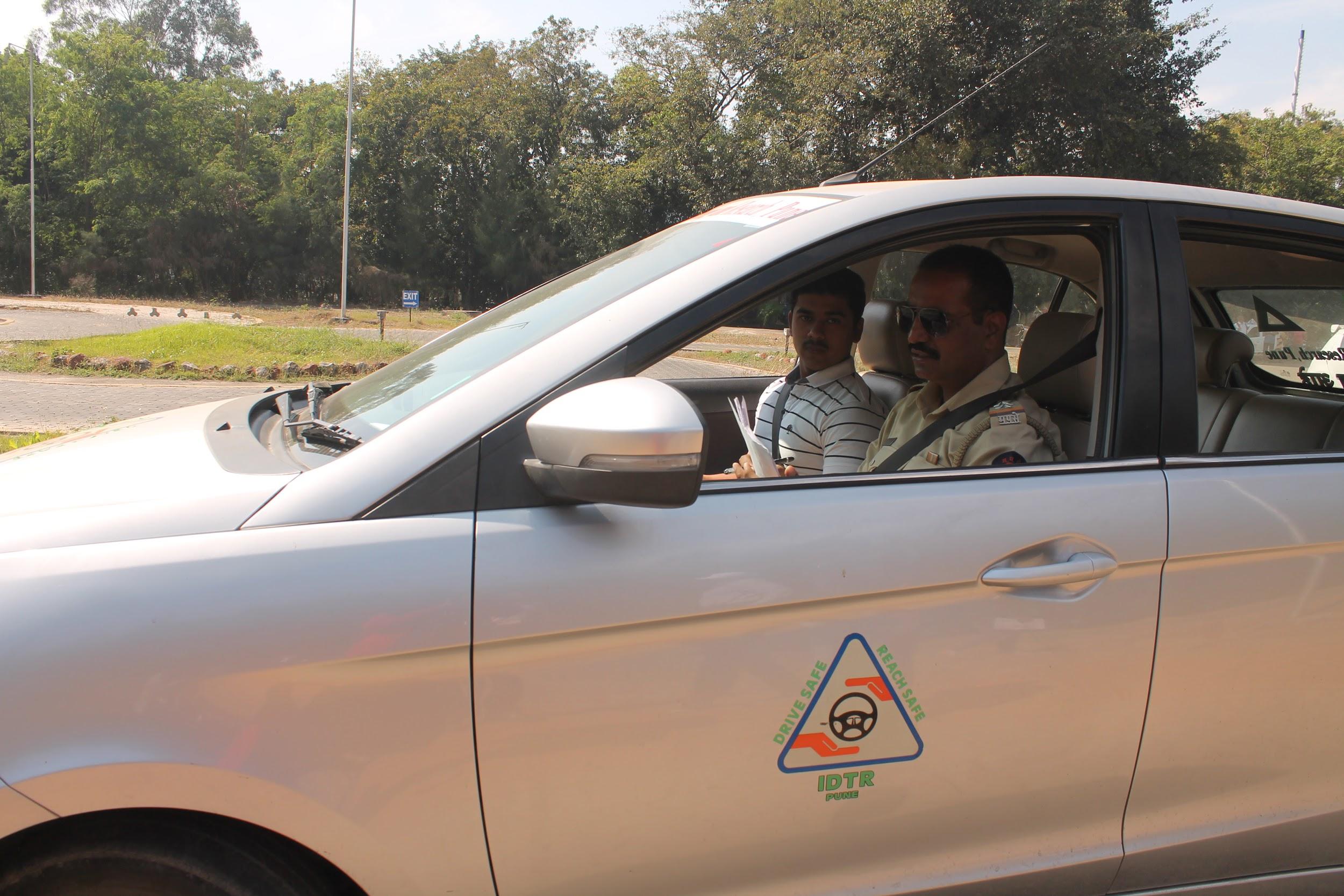
“With the help of the computer, we can check the driving capability of the person on a number of parameters like standard direction followed, number of forward and reverse movements, standard deviation within limit, stoppage(s), identification and number of curb hits, average speed and time taken to complete the test. This makes the system robust”, says Sandeep Satish Gosave, Motor Vehicle Inspector, Pimpri-Chinchwad RTO.
Sangram Patil, who successfully passed the driving test, said, “I was very nervous when I got behind the wheel. The test level is very difficult and especially when you are being rated against a standard, you cannot take a chance. But with practice and an understanding of road rules, one can clear the test.”
Initially, when the system was set up, more than 30% of candidates failed the test. But today the scenario has changed.
More candidates and driving schools in Pune are making several changes in their methods of preparing for the test – ensuring better drivers on the road.
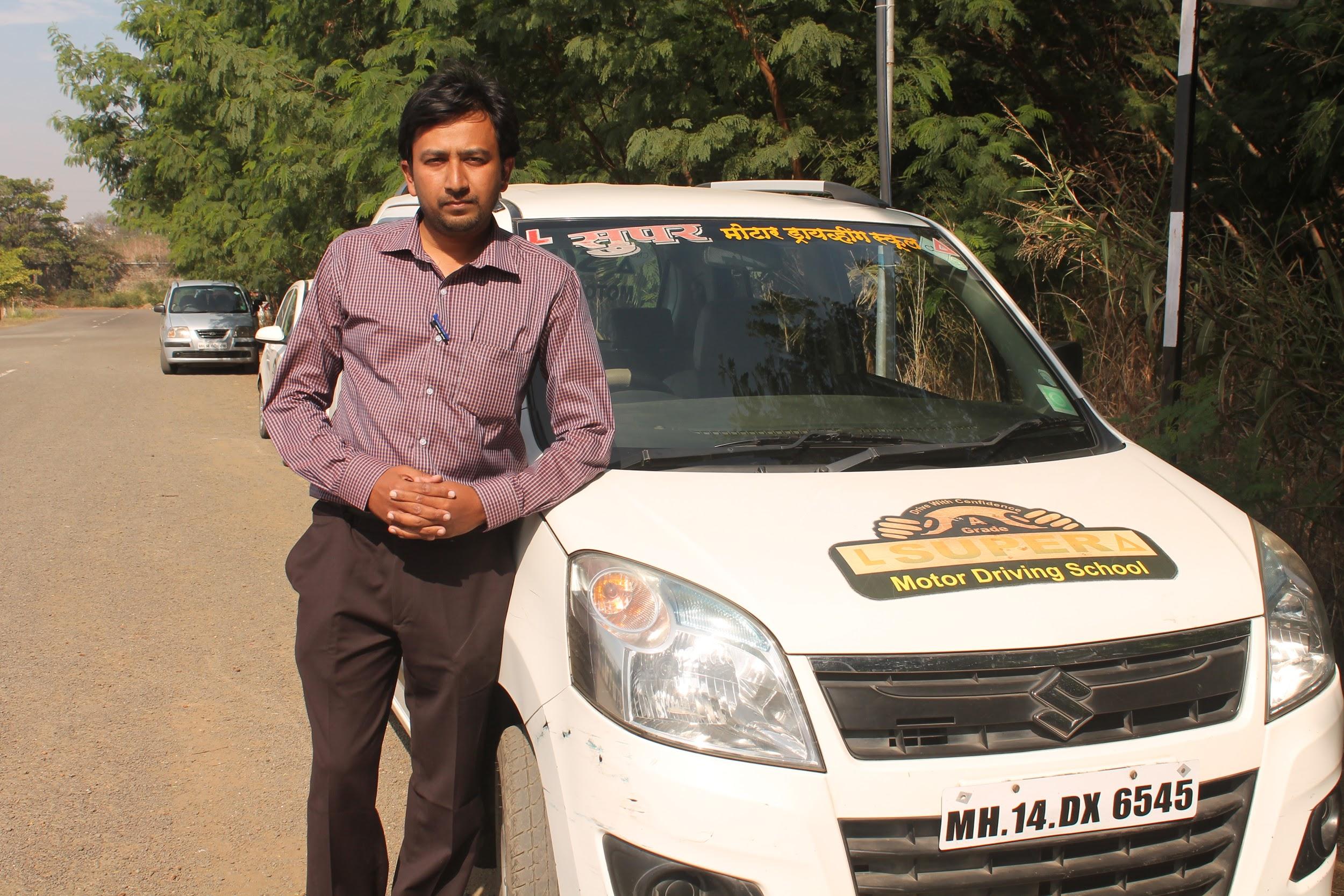
Abhijeet Shinde, an instructor at Super Motor driving school says, “With IDTS we have to train the candidates more thoroughly. Initially, the system was new to us as well. First, we rented the tracks and practiced ourselves so that we could help our candidates learn better. Earlier we used to train our candidates on live roads. Now we rent out the test track at CIRT on weekends and train our candidates for better learning. We have also strengthened our theoretical curriculum. Today, a lot of emphasis is laid on the road rules and safe driving.”
“Seriousness to learn driving has also gone up among candidates. People who enrol with us are more conscious and insist on mastering their driving skills before getting on the test track,” he added.
IDTS at Pune proves how a small innovation could go a long way in creating a big change – in this case increasing the seriousness among drivers and driving schools in the region. Such systems will gradually bring out responsible drivers on the roads and help curb road accidents in the long run.
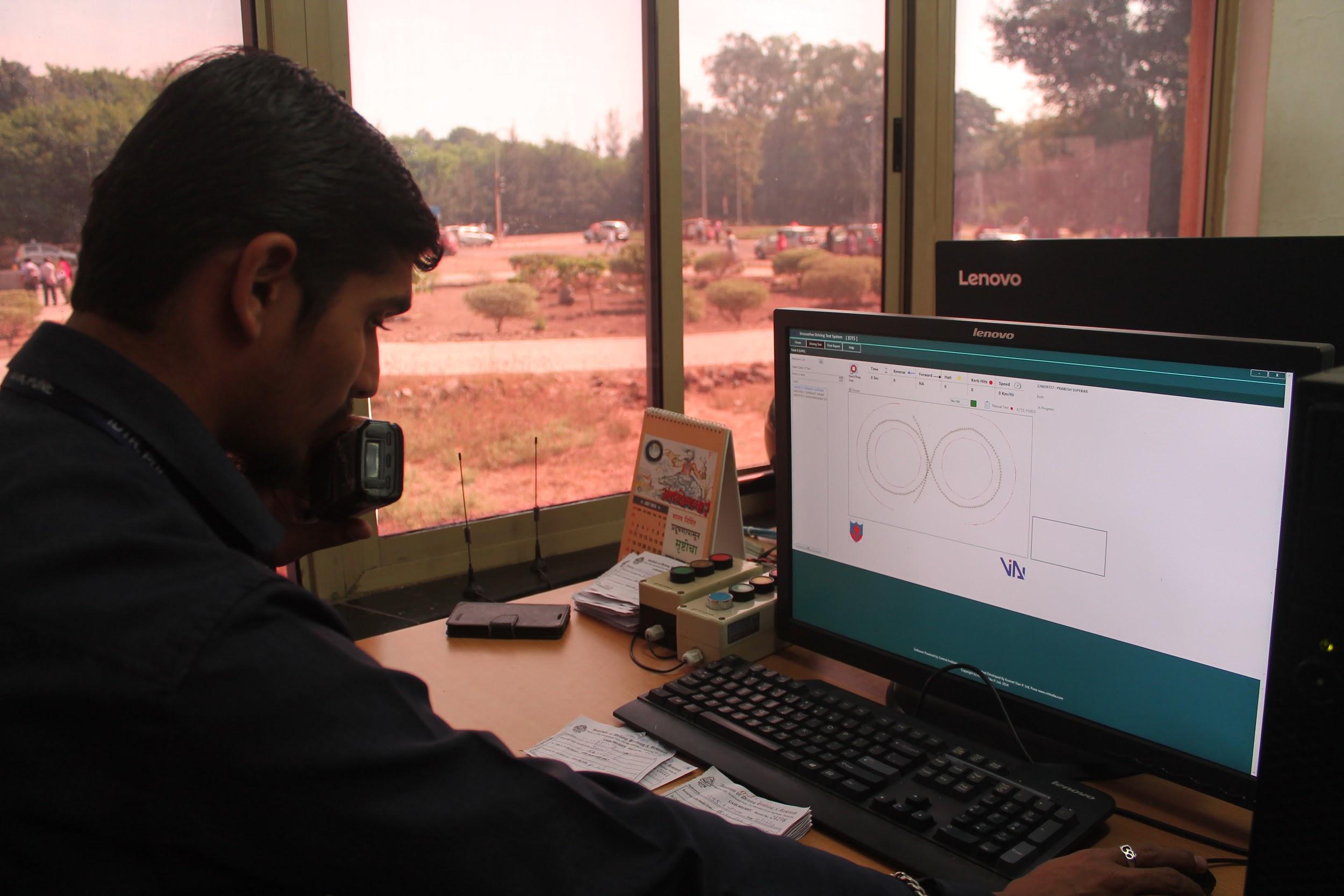
Like this story? Or have something to share?
Write to us: [email protected]
Connect with us on Facebook and Twitter.
NEW: Click here to get positive news on WhatsApp!

Similar Story

Pune Data Scientist Grows a Mini Forest With Over 500 Plants In Her Balcony
There was a point where Manasi Danukhe, a data scientist from Pune, didn’t even know how to plant a sapling. Today, her mini forest at home is replete with all kids of plants, ferns, flowers, and more. Here are some tips on how she did it.
Read more >
If you found our stories insightful, informative, or even just enjoyable, we invite you to consider making a voluntary payment to support the work we do at The Better India. Your contribution helps us continue producing quality content that educates, inspires, and drives positive change.
Choose one of the payment options below for your contribution-
By paying for the stories you value, you directly contribute to sustaining our efforts focused on making a difference in the world. Together, let's ensure that impactful stories continue to be told and shared, enriching lives and communities alike.
Thank you for your support. Here are some frequently asked questions you might find helpful to know why you are contributing?


This story made me
-
97
-
121
-
89
-
167












